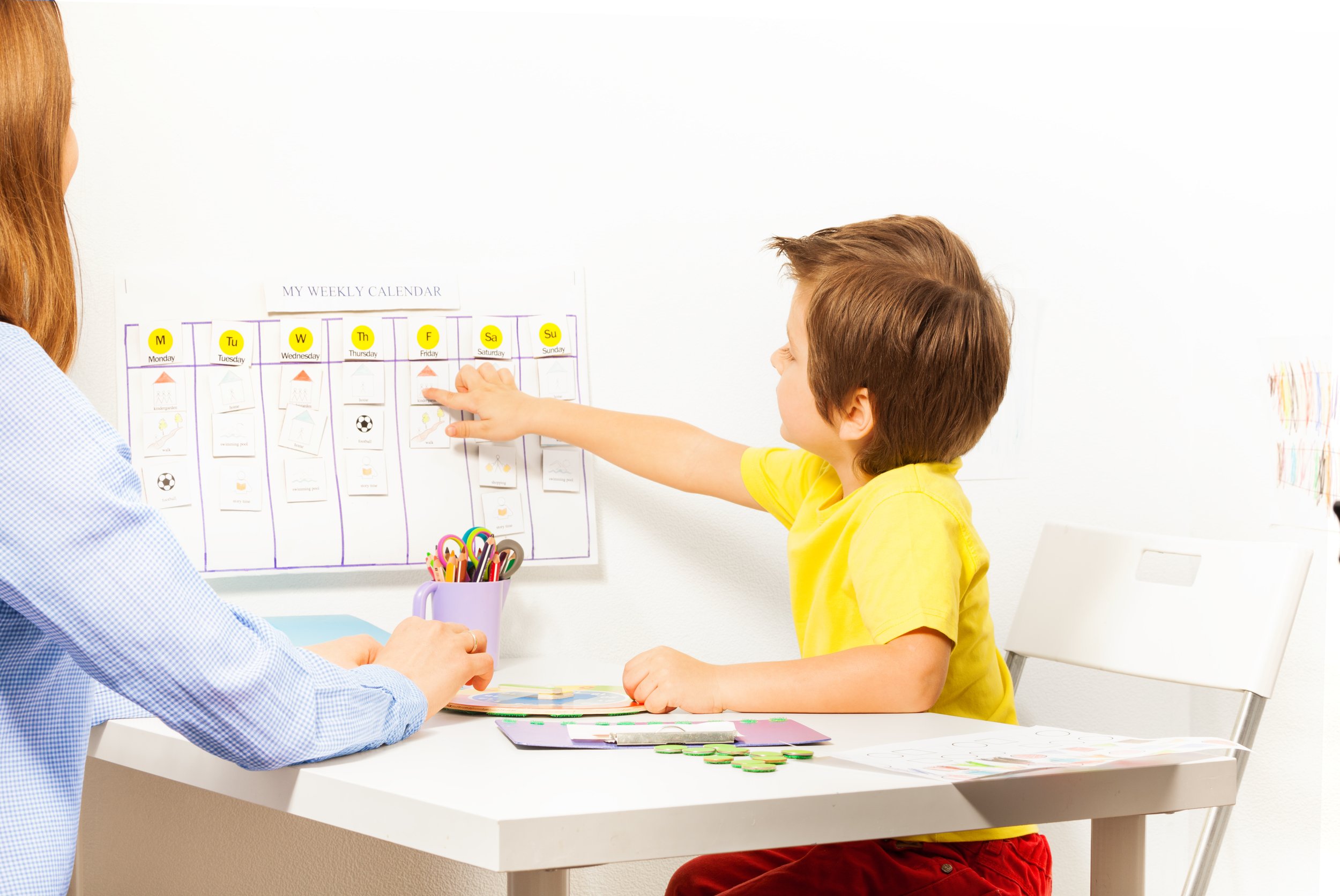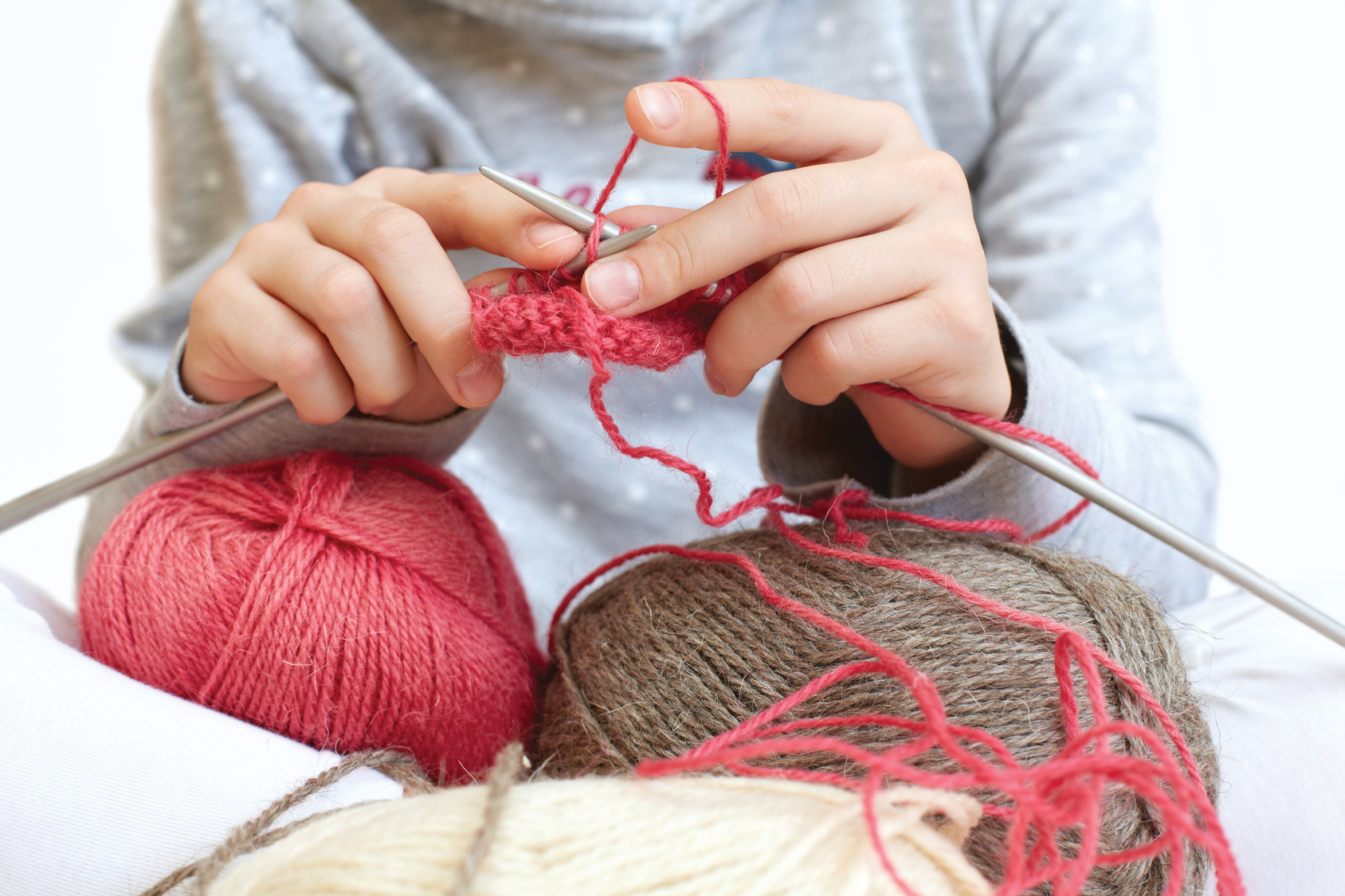Teaching Literature-Based History without a Curriculum
“Truly, the biggest hurdle to cobbling my own history curriculum together has been organizing the resources in such a way that I know where they are, I remember all of the ideas that I had, and I don’t leave anything out.”

I must have filled in so very many history worksheets as a kid sitting at a desk with a textbook, but I can’t tell you much that I learned sitting in that desk. The truth is that most of the history I learned as a kid came from Bill and Ted’s Excellent Adventure and historical fiction that I found on the library shelves. For that reason, I knew that I wanted to take a literature-based approach to history with my kids.
The secular homeschooling community isn’t exactly awash in literature-based options, though. Last year when I couldn’t find anything that would work for teaching early American history to my 2nd graders, I decided to wing it. We made our way from prehistory through the colonial period, and this year in 3rd grade we’re attempting to read our way through the Revolutionary War through the Civil War. Given how many great books and resources are out there, it hasn’t been so hard to put it together myself, and, as so often happens in homeschooling, I’m learning considerably more than I knew before.
Truly, the biggest hurdle to cobbling my own history curriculum together has been organizing the resources in such a way that I know where they are, I remember all of the ideas that I had, and I don’t leave anything out.
My solution to the organization issue is creating a collection of spreadsheets for the year. I divide the year up into units, with each unit getting its own spreadsheet. This year, my spreadsheets are titled Revolutionary War, Westward Expansion, Slavery, and Civil War. Those with older children studying in greater detail may also want to divide larger units into mini-units and give them their own spreadsheets. For example, World War II might be divided into mini-units such as The Role of Women, Allies and Axis Powers, The Holocaust, The Homefront, and Military Technology.
The spreadsheet has two purposes. First, the spreadsheet serves as a comprehensive list of all of the resources I’d like to use within a unit. It includes field trips, historical fiction selections, selected activities from supplemental resources like History Pockets, nonfiction literature, videos, poems, and audiobooks.
The spreadsheet’s second purpose is to help me keep track of where things are. My columns at the top are On Hand, Library, Field Trip, and Activity. Given how many books we’ll use, it’s important to keep track of which books I have on hand at home and which books I’ll pull from the library shelves. This makes it easy, too, for putting together our list for the library. The Field Trip column serves as a visual reminder for me to make room on our calendar and take any necessary planning steps to pull off the field trip. In the Activity column, I mark the page on which the activity can be found and the acronym for the book it can be found within.
In addition to my spreadsheets, the other organizational tool that keeps my DIY literature-based history curriculum humming is a milkcrate. I’ve pulled every history resource I’ll use for the year and placed it in the milkcrate for ease of finding. It helps to avoid all of those awful times when you’re meandering around saying, “I know we have it somewhere, but I can’t find it.”
Whatever period of history you’re studying with your kids this year, I hope that these organizational tips can help you feel more in control of the sprawl that comes along with studying history with literature.
(We’re Amazon affiliates, so if you purchase something through an Amazon link, we may receive a small percentage of the sale. Obviously this doesn’t influence what we recommend, and we link to places other than Amazon.)
A creative learning space is less about actual stuff and more about giving your children space to explore ideas in different ways.
Whether you live to color-code or need a system that flexes and changes with your family’s needs, keeping good homeschool records is essential. And you can do it — all you need is a system that you’ll actually use.
Aminata and Malcolm have discovered that a purposeful morning routine is the perfect start to their homeschool day.
When your homeschool starts to feel like more work than fun, it’s time to make a change.
Jenn’s been struggling to find a balance between the structure and academics she needs and the fun, laidback vibe she wants her homeschool to have.
If your homeschool schedule isn’t making your life happier, easier, and more productive, isn’t it time to change things so that it is? Beverly has some great tips for creating a homeschool schedule that works for you.
Planning your homeschool year is about more than just making a weekly checklist or figuring out what to use for science. If you want your homeschool to grow with you and take your kids where they want to go, keeping these questions in mind can help you stay on track.
The best way to plan your homeschool year is the way that works best for your particular homeschool — and like all the rest of homeschooling, it may require some trial and error to find the right balance. That’s why our “perfect” planning method is adaptable as you need it to be: Use the skeleton to make a loose frame for the year, or go all out and plan every week in advance. It’s your homeschool. Make a plan that works for you.
A homeschool retreat can be inspiration, direction, and sanity saver all in one — and if you don’t have a secular homeschool conference nearby, you can create your own.
Chances are, you’re doing better with this whole homeschool thing than you think you are. These six signs are all indicators that you’re on the right track — and we think that’s something you should celebrate.
5 surprising ways to build a homeschool life that works for your whole family — including you. “If your homeschool isn’t giving you personal satisfaction most of the time, something needs to change.”
It’s easy to get so caught up in your everyday to-learn lists that you lose sight of the bigger picture of what you want your homeschool life to feel like.
Reinventing your homeschool is just part of the process, but this six-step process will help your homeschool grow in the ways that work best for your family.
Your official last day of school can be whenever you want—so pick a date that matches your family’s homeschool rhythm (or don’t pick a date and have a year-round homeschool).
Truly, the biggest hurdle to cobbling my own history curriculum together has been organizing the resources in such a way that I know where they are, I remember all of the ideas that I had, and I don’t leave anything out.
This easy organization method won’t stress you out and will make your life a whole lot easier when you start working on transcripts and other official paperwork for high school graduation.
Planning out your year doesn’t have to be scary or stressful.
February 11 is National Clean Out Your Computer Day, but do you really need an excuse? Get all those curriculum plans, worksheets, and other great ideas organized so you can find them when you need them.
What you can do is engage in the process of putting the spark back in your homeschool exactly the same way you started your homeschool in the first place: with patience, trial and error, and a little expert advice to get you started.
When you get that stuck-in-a-rut feeling — and we all do sometimes — these simple-to-pull-off changes can make your homeschool feel bright and shiny again.
Don’t let the fact that intersectional homeschooling is a work in progress deter you from making it part of your own homeschool.
“We loved the idea of living without a schedule, but we quickly discovered that we were miserable living without a routine.”
This is my go-to recommendation for new homeschoolers — it's designed to help you find your rhythm, build comfort with leading your students’ learning, and keep the learning going as you find your way. It’s basically a six-month, low-cost-investment guide to starting homeschooling.
We rounded up our readers' best tips to prepare for back-to-school.
A more rigorous homeschool involves pushing further and deeper across the curriculum.
Happiness comes more from our actions than our circumstances: about 40 percent of the average person’s happiness comes from things they do. So to get out of a rut, do something different. It’s almost too easy.
One of the most effective ways to feel happier and more productive? Working with your hands. Winter is the perfect time to start a new project.
You don’t have to do huge renovations to make your learning spaces feel brand new. Here are a few simple ideas that will breath new life into your school space this winter.
Sometimes when you feel stuck, setting a series of goals can help you break out of the blah.
In this five-part series, we’re helping you get through the midwinter slump in your homeschool. First up: Give your routine the boot, and try something new.
Maggie Martin writes about empowering kids to be enthusiastic readers and skilled writers at thelanguageartscoach.com. She frequently stays up way too late reading, but she rarely regrets it.































MAGGIE MARTIN writes about empowering kids to be enthusiastic readers and skilled writers at thelanguageartscoach.com. She frequently stays up way too late reading, but she rarely regrets it.